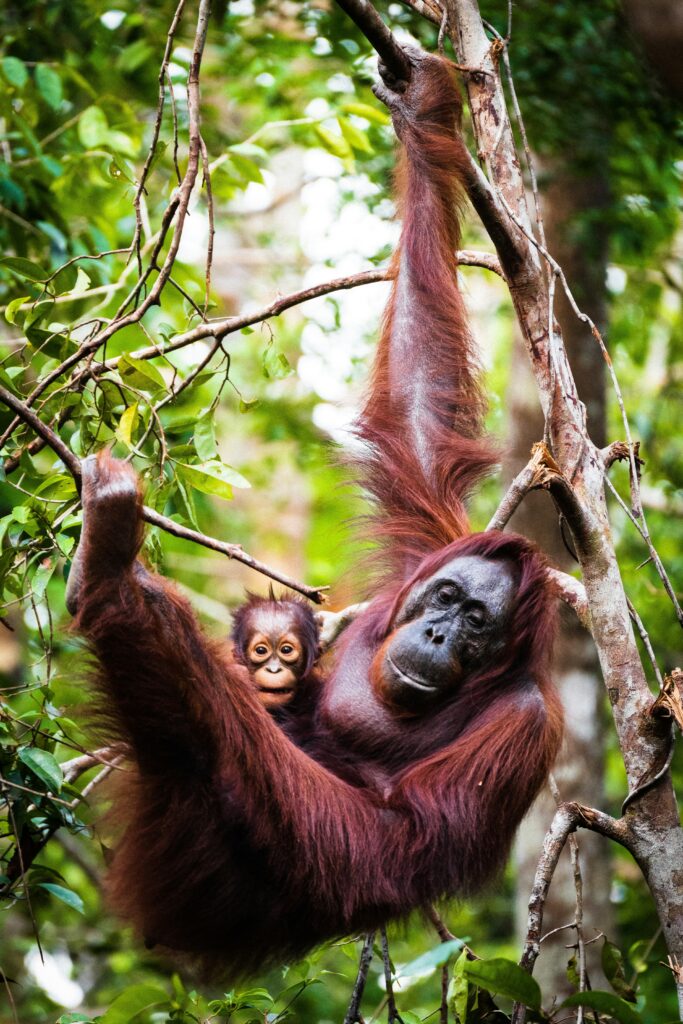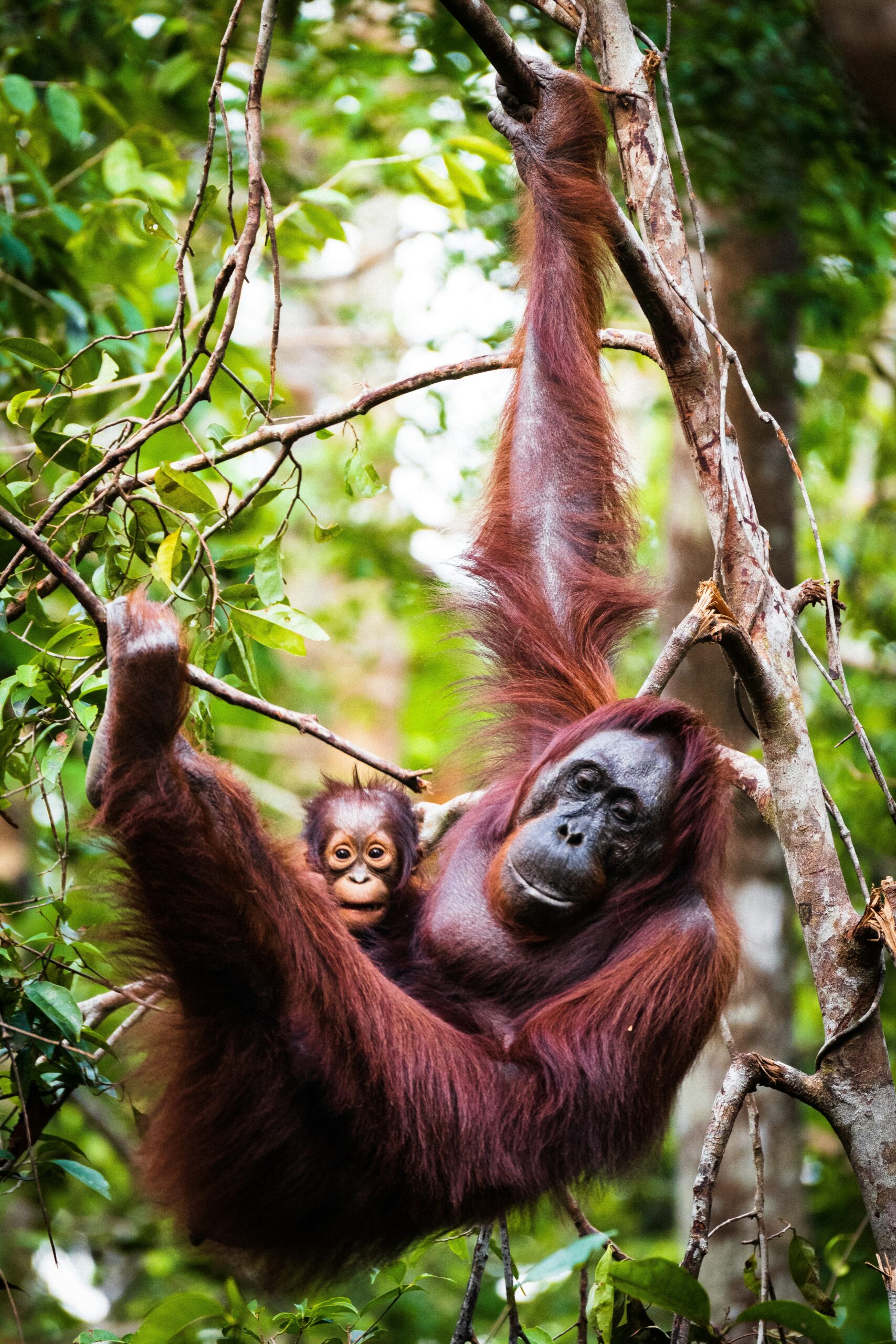What Are Endangered Species?
Endangered species are those plants and animals that are at risk of extinction due to a rapid decrease in population or a loss of their natural habitat. The classification of a species as endangered is based on specific criteria defined by organizations such as the International Union for Conservation of Nature (IUCN). These criteria typically include factors like population size, rate of decline, geographic range, and the degree of population fragmentation. Depending on these variables, species are categorized into various levels of endangerment, which can include critically endangered, endangered, and vulnerable. Each of these levels indicates the urgency of conservation efforts needed to prevent extinction.
Several factors contribute to the endangerment of species. Habitat loss is one of the most significant threats, often resulting from urban development, deforestation, and agricultural expansion. These activities reduce the space and resources available for wildlife, pushing many species closer to extinction. Climate change presents another pressing challenge, as shifts in temperature and weather patterns can disrupt ecosystems, making it difficult for various species to survive. Additionally, poaching and illegal wildlife trade have devastating effects, particularly on iconic species such as elephants and rhinoceroses, which are often targeted for their ivory and horns.
Pollution further exacerbates the situation, impacting both terrestrial and aquatic ecosystems. For instance, chemicals released into rivers can harm fish populations, while plastic waste can suffocate marine creatures. Among the many endangered species, some notable examples include the Amur Leopard, with an estimated population of fewer than 100 individuals, and the Sumatra Orangutan, threatened by deforestation. These examples underscore the urgency of addressing the complex crisis of endangerment and implementing effective conservation strategies.
The Importance of Biodiversity and Ecosystems
Biodiversity refers to the variety of life forms on Earth, encompassing different species, ecosystems, and genetic variations within species. It plays a crucial role in maintaining the balance of natural systems. Healthy ecosystems are vital for the survival of not only plant and animal species but also for human life. They provide essential services such as air and water purification, pollination of plants, and climate regulation. The interconnectedness of these species means that the loss of any one can have serious repercussions throughout the ecosystem.
Endangered species are often seen as indicators of the health of their environments. Their presence signifies a stable and balanced ecosystem, while their absence can lead to unforeseen consequences. For example, the decline of predator species, like wolves in North American forests, can result in overpopulation of herbivores, leading to overgrazing and subsequent degradation of vegetation. This chain reaction can disrupt habitat quality for numerous other species, demonstrating the cascading effects that the loss of a single species can have on biodiversity.
Additionally, the extinction of species can impact human communities. The decline of key species can compromise food security, disrupt local economies relying on ecotourism, and diminish natural resources essential for survival. A poignant example is the decline of coral reefs, which support a vast array of marine life and play a significant role in coastal protection. Their degradation due to climate change and pollution threatens not only marine biodiversity but also the livelihoods of millions who depend on healthy ocean ecosystems.
In recognition of these critical interactions, protecting endangered species is not merely an environmental concern; it is imperative for maintaining the resilience of ecosystems, securing the integrity of biological diversity, and ultimately ensuring the sustainability of life on our planet.

Efforts to Save Endangered Species
The conservation of endangered species has become a global priority, prompting numerous initiatives aimed at protecting these vulnerable populations. Governments, international organizations, and non-profits collaborate to implement conservation strategies that encompass habitat protection, legal frameworks, and community engagement. One of the prominent global initiatives is the Convention on International Trade in Endangered Species of Wild Fauna and Flora (CITES), which regulates international trade of endangered species to prevent exploitation and ensure that such activities do not jeopardize their survival in the wild.
National governments also play a crucial role through policies designed to safeguard wildlife. For instance, in the United States, the Endangered Species Act (ESA) has successfully listed numerous species as endangered and allowed for their recovery through habitat protection and federal aid. The act has often facilitated the creation of Protected Areas, where conservation efforts are concentrated. Similar schemes can be observed in various countries, each tailoring their approach to the specific species and ecosystems in need.
More
In addition to government efforts, various non-profit organizations are pivotal in conservation. These organizations work on the ground with local communities, providing education and resources to promote sustainable practices that respect wildlife. The World Wildlife Fund (WWF), for example, is involved in numerous projects focusing on species recovery, habitat conservation, and environmental awareness. Their initiatives, alongside grassroots efforts by community-led organizations, have proven effective in fostering a culture of conservation.
Case studies illustrating the success of recovery programs highlight the effectiveness of these efforts. For instance, the recovery of the grey wolf in Yellowstone National Park showcases how targeted conservation actions can revive species populations. Additionally, wildlife sanctuaries and reserves have emerged as vital components of conservation, offering safe havens for species to thrive away from human encroachment. These dedicated efforts demonstrate the possibility of positive outcomes in the fight against the decline of endangered species, offering a glimpse of hope for future generations.
How You Can Make a Difference
As individuals, we possess the power to enact meaningful change in the fight against endangered species loss. One of the most effective ways to contribute is by supporting conservation organizations dedicated to protecting endangered wildlife. Numerous nonprofit organizations focus their efforts on habitat restoration, species monitoring, and anti-poaching initiatives. By donating your time or resources, you can aid these groups in their mission and help amplify their impact.
Participating in local clean-up initiatives is another practical way to help endangered species. Environmental degradation, such as pollution and habitat destruction, significantly affects wildlife populations. Many communities organize clean-up events in parks, beaches, and natural habitats, where individuals can volunteer. These efforts not only beautify our surroundings but also create a healthier ecosystem, benefiting various species that depend on these environments.
Spreading awareness through social media is an increasingly powerful tool in today’s digital age. By sharing information, engaging with relevant content, and educating your friends and followers about endangered species issues, you can foster a greater understanding of the crisis. Highlighting endangered species and discussions on conservation efforts can inspire others to take an interest and participate in wildlife preservation activities.
Conclusion
Moreover, making eco-friendly choices in your daily life contributes significantly to the protection of endangered species. Simple shifts, such as reducing plastic use, choosing sustainably sourced products, and minimizing waste, can have a cumulative effect on the environment. By leading a lifestyle that prioritizes sustainability, you are helping to safeguard habitats that are vital for threatened species.
Through these actionable steps, individuals can become active participants in wildlife conservation and create a lasting impact on the preservation of endangered species and their habitats.
Read Our Latest Blog
Practical Applications of Modern Physics in Everyday Life
Phone Number: +91-7488456170
Email ID: abhishek@eepl.me
Our Platforms:
Digilearn Cloud
EEPL Test
Live Emancipation
Follow Us on Social Media:
Instagram – EEPL Classroom
Facebook – EEPL Classroom
Stay connected and keep learning with EEPL Classroom!










